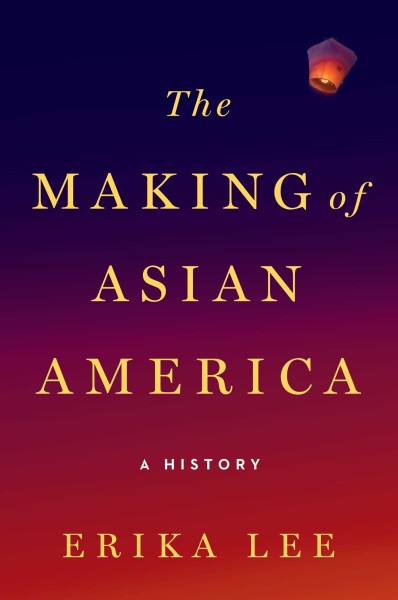 Erika Lee’s The Making of Asian America is a masterful work that surveys hundreds of years of Asian American history, taking an expansive view of both Asian and America, to the benefit of all. Lee investigates histories of race relations locally, regionally, nationally, and globally, to consider the many ways in which Asian Americans have participated in the definition of America. This is the type of history, and the type of book, that everyone should read.
Erika Lee’s The Making of Asian America is a masterful work that surveys hundreds of years of Asian American history, taking an expansive view of both Asian and America, to the benefit of all. Lee investigates histories of race relations locally, regionally, nationally, and globally, to consider the many ways in which Asian Americans have participated in the definition of America. This is the type of history, and the type of book, that everyone should read.
It is the type to answer questions like, why are Asian Americans considered perpetual foreigners? Where did the model minority myth come from and is it really a myth? Who is Asian America? Why does this history matter to Americans, not just Asian Americans? (Spoiler alert: It matters in more ways than you think.)
Though the book is lengthy, the writing is so very accessible. Peppered with individual stories expertly intertwined into larger national and international trends, it can be read in one fell swoop or selectively by chapters of interest.
To recent events (like unjustified suspicion against Dr. Xi Xiaoxing recently dropped), to recent articles (like ones that regurgitate the model minority myth), to the continuing need to justify and advocate for Asian American studies–this book is the answer, or at least the beginning of the answer, the foundation for a more meaningful conversation about the role, place, experiences, and treatment of Asian Americans.
Lee explores a wide range, from Chinese Americans and Filipino Americans, to Korean, Japanese, Indian Americans, and more recent groups of Southeast Asian Americans. Beginning with early immigration experiences of Filipinos in New Spain and Chinese brought to Cuba and Peru by contractors and agents, The Making of Asian America extends to present-day issues and debates facing a rapidly growing population in the United States. A macro view of colonialism, war, trade, etc. is intertwined with the experiences and voices of individuals and specific groups, all combine to examine the struggles and successes of Asian Americans.
I cannot recommend this book more highly–as a historian, as an activist, as a reader.








